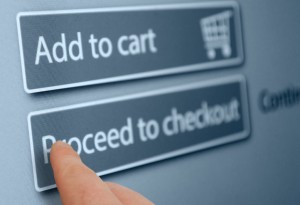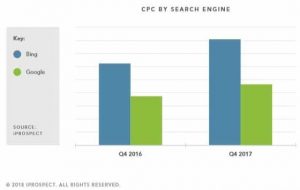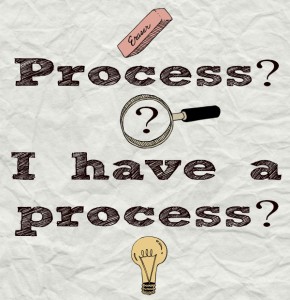Have you ever gotten an irrelevant email from a relevant company?
Chances are you have.
They send you information about the latest dress shirts when all you’ve ever bought and will ever buy are electronics.
It may be a poor example but the truth remains. Businesses are wasting a lot of time and money sending the wrong messages to the wrong people.
Every niche you serve has different groups of customers. Even if you’re serving people who’re interested in rose bushes, they don’t all want the same thing.
Some people are planting their first rose bush, some want to expand their garden, and some people want to save a dying plant.
Obviously, these people need different information to be successful. Properly segmenting your audience and customer base allows you to send better messages and increase your revenue in one fell swoop.
Use surveys to find audience segments
It’s almost impossible to understand all the different groups you have in your audience if you don’t ask. Of course, you’ll be familiar a few, but you’ll always leave some of them out. Online, it’s not exactly easy to talk to your customers while they’re browsing your website.
Sure, you can install a live chat widget but people will only engage if they need something. Instead, use surveys to get a solid idea about the different groups you’re serving.
It can be tempting to ask a dozen different questions. In some instances, that may be beneficial. Right now, that’s not what you want to do.
Your goal here is to find out the challenges people who come to your website are experiencing and where they are in their buyer’s journey.
The process for creating a survey is straightforward so we won’t go too deep into it.
For our purposes, we’ll focus on a single open-ended question to get that information. I can’t stress how important this is. With this question, you want people to give you honest answers.
Once you get them to answer that question, you can tack on as many other relevant questions as you’d like. Always remember, that single open-ended question is the most important one you’ll ask.
Here’s what it should be:
“What is your biggest challenge related to x?”
What is your biggest challenge related to growing rose bushes?
What is your biggest challenge related to online marketing?
What is your biggest challenge related to losing weight?
This question is great because:
- It makes sure the respondent focuses on a problem you solve
- You can use the length of the answer to weight the importance of responses
- They’re using their own words which you can turn around and use on your website and marketing materials
You can adapt the question to any niche. As long as they answer this question, you’re in great shape. The other questions you ask can help you get the insights relevant to your business like age, gender or income. It’s your survey so get creative.
From the answers, you can pull out different groups.
Analyzing the data and grouping your audience
You should run the survey until you have at least 100 answers. This isn’t statistically relevant, but it will give you a wealth of information. Look closely at the opened ended answers and pull out all the challenges they mention.
Make each challenge its own group.
For example, if you’re a marketing agency people may say they have trouble with Facebook advertising, Google display ads, and YouTube ads.
Those will be three different groups.
On your first look through the data, you’ll have dozens of such groups. That’s way too many segments to work with. On the second go around, you can consolidate similar groups. In our example, we’ll consolidate the Facebook, Google, and YouTube ads into a single group called paid advertising or PPC.
That’s one of the segments we’ll actively pursue in our messaging. Continue to consolidate the challenges your respondents express into larger and larger groups until you have three or four segments.
Now, you can start segmenting people who interact with your brand based on those criteria and send better messages.
Using quizzes to capture leads and segment your audience
At this point, you already know who your audience is because you went through the first exercise. You’re using quizzes because they have a high conversion rate, are simple to set up, and produce higher engagement after the opt-in.
The first question on your quiz will ask the quiz taker which segment they belong to. Here’s how you’ll phrase it:
Which of the following best describes you?
As the answer, you’ll list out the groups you discovered through the survey process. The follow-up quiz questions are there to further segment your users and ensure they receive an engaging experience.
Every segment, after becoming a lead through the quiz, is sent to a unique results page and subscribed to a personalized marketing campaign based on their answers.
The end result is better email campaign engagement, increased sales, and greater customer lifetime value.
Conclusion
Many people talk about segmentation but few are able to implement it properly. You now know how to discover exactly what the people who’re already interacting with your website want.
With that information, you can create tailored campaigns that increase engagement and revenue. You don’t have to use quizzes. It’s just a method we’ve used with success in many different markets.
Once you know who the groups are in your market, you can use any piece of technology you feel most comfortable with to segment your users properly.
Once you’ve implemented a segmenting system, create test campaigns and tweak them until you’ve arrived at a conversion rate you’re happy with.
Featured image by Farrel Nobel on Unsplash
Digital & Social Articles on Business 2 Community(24)







